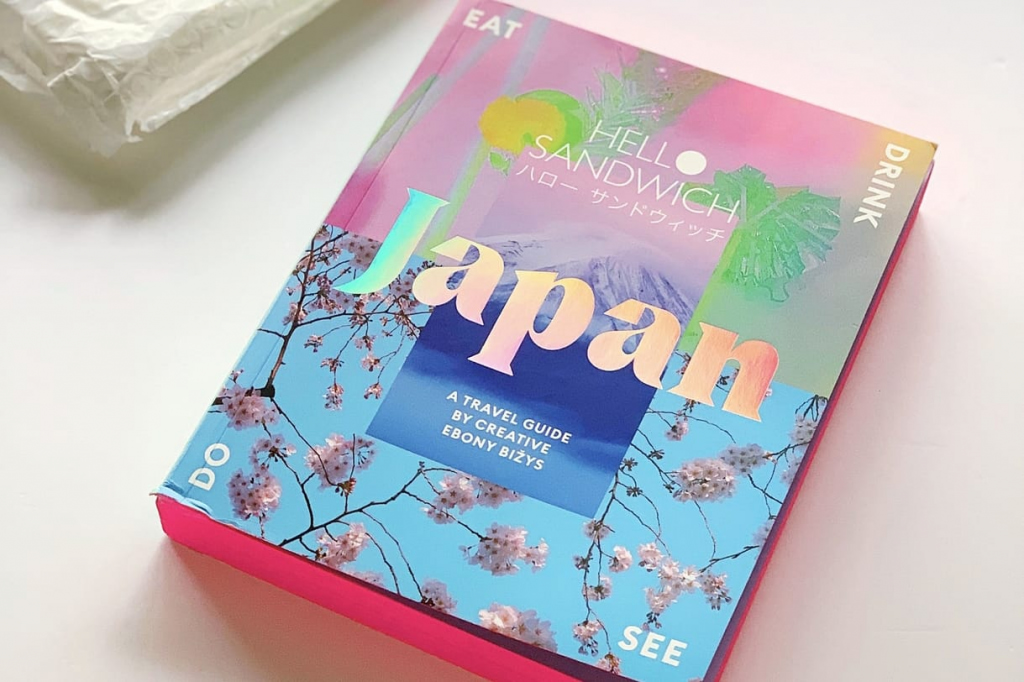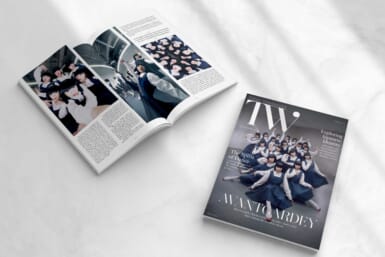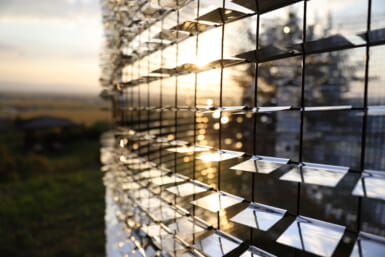In a new series, TW editor Paul McInnes meets up with new and old friends to have a leisurely discussion about their lives in Tokyo, new projects and anything that they can think of at 8am. Thank you to Vaughan and Rie Allison of Mia Mia for welcoming us into their coffee shop and treating us like local celebrities.
In the opening article of this series, we meet with Hello Sandwich founder and all-round creative, Ebony Bizys for a chat about her new book and her 12 years as resident in Tokyo.
This was the first time we’d ever met, although we have been aware of each other for years. And as these things tend to happen, the minute I clapped eyes on Ebony I liked her. Clad in a black ruffle dress (and a few weeks into her no-alcohol May) with a beautiful head scarf (I’m a sucker for a head or neck scarf) we hit it off immediately. She’d traveled all the way from Shimokita to Mia Mia, in Toshima Ward, to meet a slightly hungover and delicate me on a humid midweek day. We sat outside on a table with ice lattes trying not to sweat too much and managed to shoot the shit for a few hours.
Our conversation took in our mutual love of Japanese indie band Tenniscoats, print media, YouTubers who document their train and ferry travel (here’s looking at you Sorekara Melancholy) and pretty much everything else about life in Japan. It’s rare to meet someone for the first time that you share exactly the same interests.
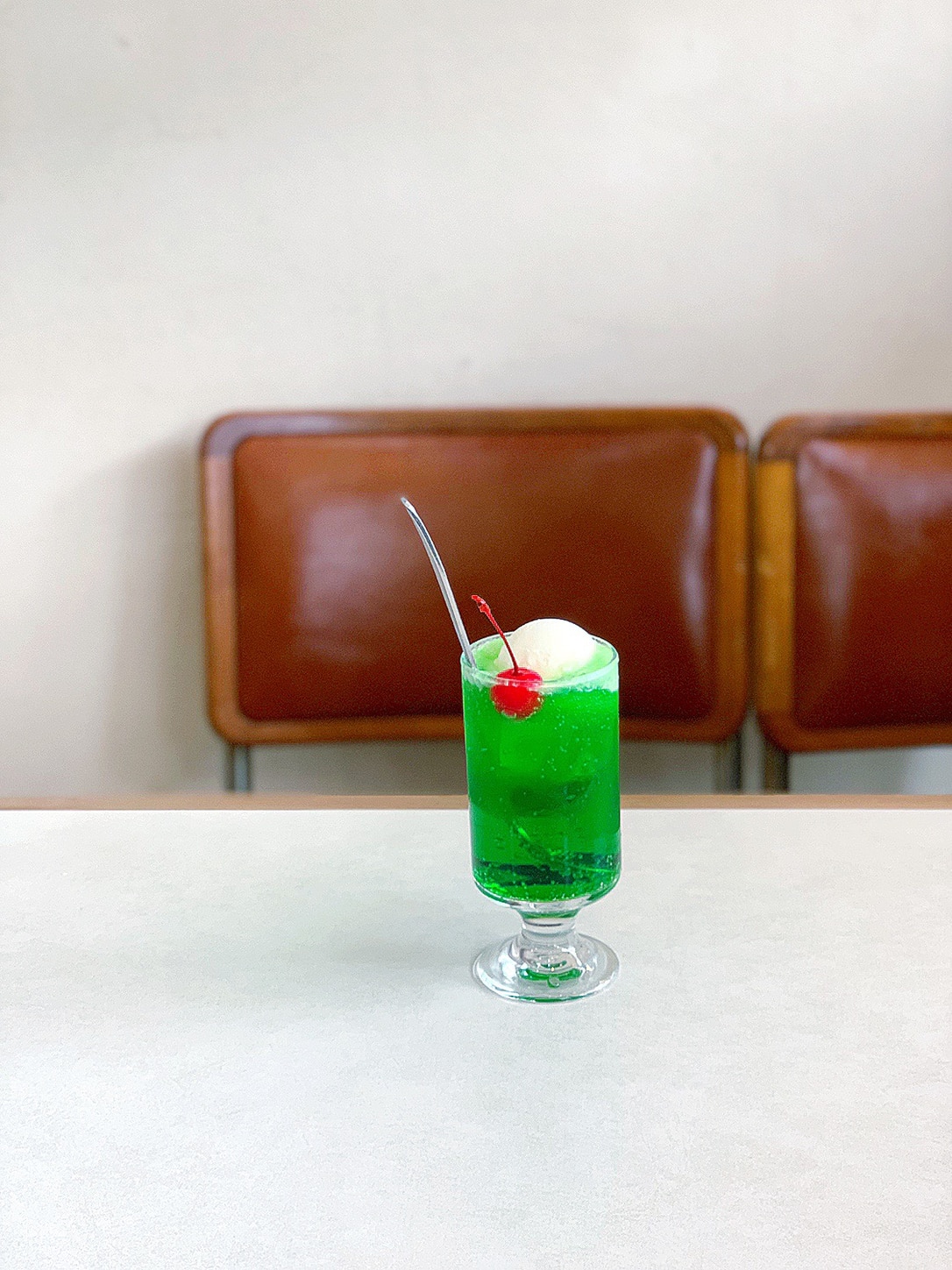
You come from an art background, Ebony? And you started out on this journey at Vogue Australia. What’s the story?
Yes. I did a Masters of Fine Arts at university majoring in Painting and Drawing and at the same time I was working at Vogue magazines where I weaved my way from reception to Deputy Art Director at Vogue Living. Gosh, that was such an incredible period of invaluable experiences that paved the way for my current work.
You have a couple of books under your belt already, but what’s the new book about, and crucially, why should people go out and buy it?
Publishing is my life. Researching content, the electric energy at editorial meetings, the sound of a strobe flash on a shoot, rushing to get a shot before the daylight fades, editing images, laying out pages, playing with words to get a witty headline, the smell of the ink at press checks… And Paul, I bet you also bury your nose into a brand new book to smell the paper and ink just like me. Magic.
Yeah, I love the smell, the texture and the aesthetics of print. It’s nice to know there are others who share these same wee oddities.
But yes, I’ve authored seven books to date and a handful of zines. My first book was with BNN publishers in Tokyo. I went into their offices for a meeting about art directing one of their books, but walked out with a book deal. That book has since been translated into six languages, none of which I can read (laughs). My latest book, Hello Sandwich Japan – A Travel Guide by Creative Ebony Bizys, is a guide to all of my favorite spots all across Japan.
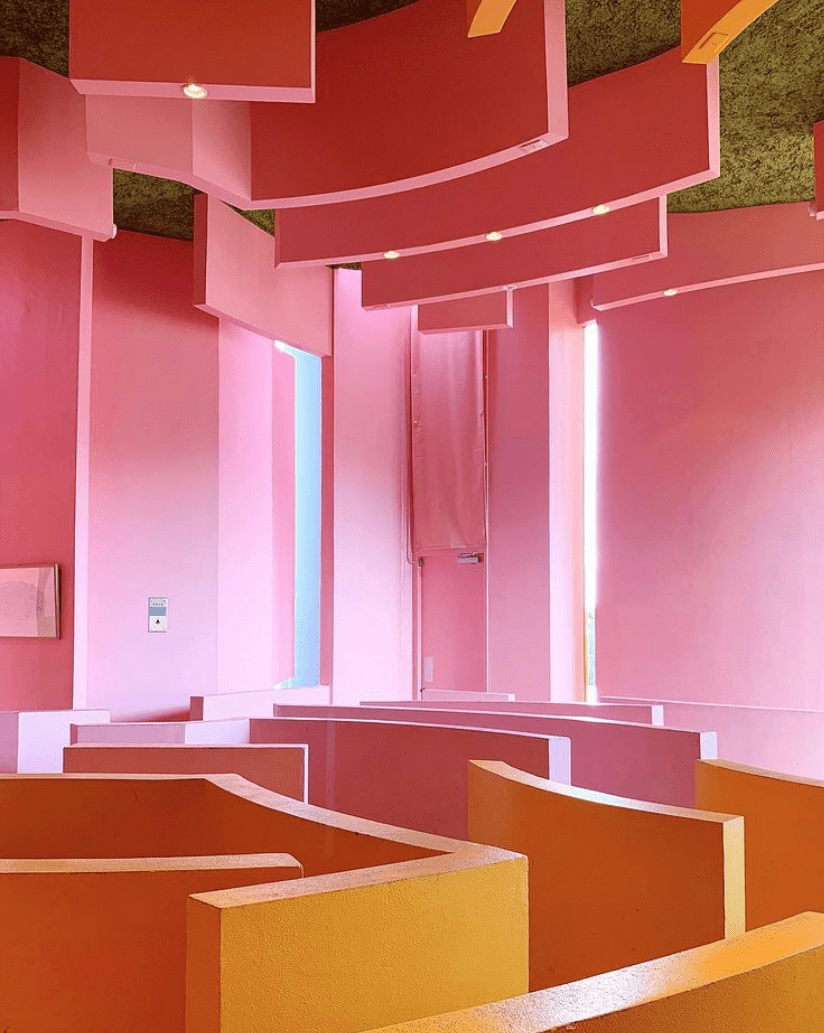
I’ll get my hands on a copy soon. Always a good idea to get a fresh perspective on travel in Japan, even if you live here. Speaking of which, you were saying earlier that Shimokita’s changed over the last few years with the new station development. What’s it like nowadays, considering there’s no tourists at the moment?
I feel like Shimokita had somewhat more of a retro, cluttered and eclectic style when I first moved here. On quiet evenings I could hear the railway crossings in the distance from my apartment window. But a few years ago, the train lines went underground to make way for fancy stores, and along with it, all those fun things that come with unavoidable development. Actually, I cried when that last train pulled into Shimokitazawa Station.
That night was like a festival with crowds and train lovers holding their iPhones up and cheering. There’s something so charming about railway crossings. Sure, they can be annoying at times when you’re in a rush, but the sound of the bell while you wait (the number of times I’ve taken field recordings of the sounds), and then being able to walk across the train tracks when the bars finally open which still feels somewhat naughty. And then there’s always a few who cut it fine and have to hold the bars open to make it across in time. I love peeking down along the tracks when I cross, imagining if I could just walk along them somehow.
Before the Shimokitazawa trains went underground I actually did a local community ¥300 railways crossings tour. I thought it would be about a one-hour mini stroll to see a few of the crossings that would no longer be used. Fast forward five hours and that stroll finished with the cutest obaachan and ojiichan inviting me to a kissaten for a second party. I was fresh off the boat at this time, so this local experience left me pinching myself feeling so lucky to live in this incredible country.
That sounds like a lovely experience. There’s something quite melancholic about old Japan giving way to the new.
Yes. But I guess things change and there are lots of new developments. While Shimokitazawa definitely had more of a charm back in the good old days, we’ve got to go with the times. I try to make the most out of the new developments. I must say, I don’t mind being able to walk a few hundred meters to get a coffee at Sidewalk Coffee Roasters in Reload Tokyo, or pick up a sandwich at Futsu ni Fruits. Apotheke Fragrance has opened up a shop, too, for those emergency incense moments. And Bonus Track is a dreamy spot to chill and eat outdoors.
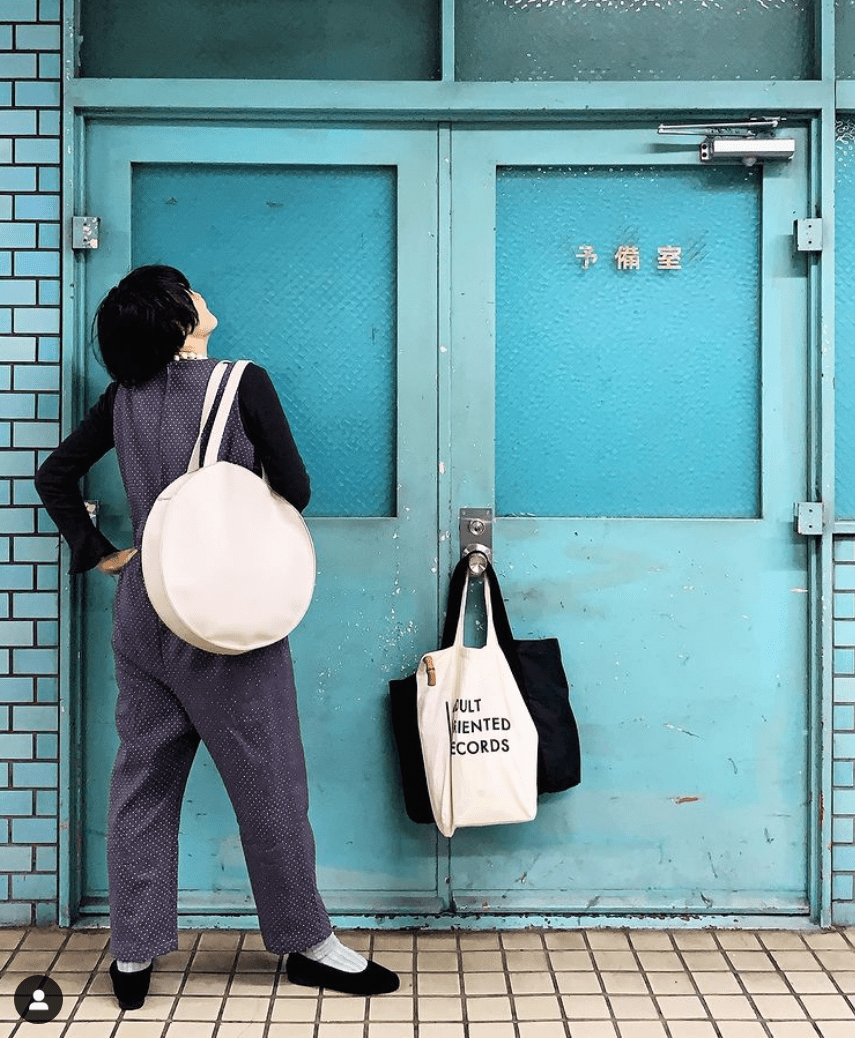
Are there any good wee stores for buying arts and crafts goods?
Boasting six stories of art supplies, Shinjuku’s Sekaido is a must for creatives and artists. I also adore Stock in Kyodo. Be sure to say hello to my friend Nami who runs the store. Coincidentally we actually made a wrapping book together a few years ago. I really resonate with the way she uses pop colors in her crafts and wrapping. She has a great selection of stickers, notebooks, pens, masking tape, twines and original goods such as wrapping paper and books.
And finally, Ebony, talking of arts and crafts, I know you’re a big fan of zines. Any good ones we should keep our eyes peeled for?
I’ve had a booth at the Tokyo Art Book Fair every year since moving to Tokyo, except around the Covid years. Such a fab spot to find various types of zines from mostly Japanese artists, but a few international kids show up, too. I never leave the zine fair without picking up new zines from my genius friends Misaki Kawai, Reiko Tada, and Yuichi Tanizawa. My favorite zine of all time, Famzine, comes out of Singapore and is produced by the Lim family.
Updated On February 8, 2023

